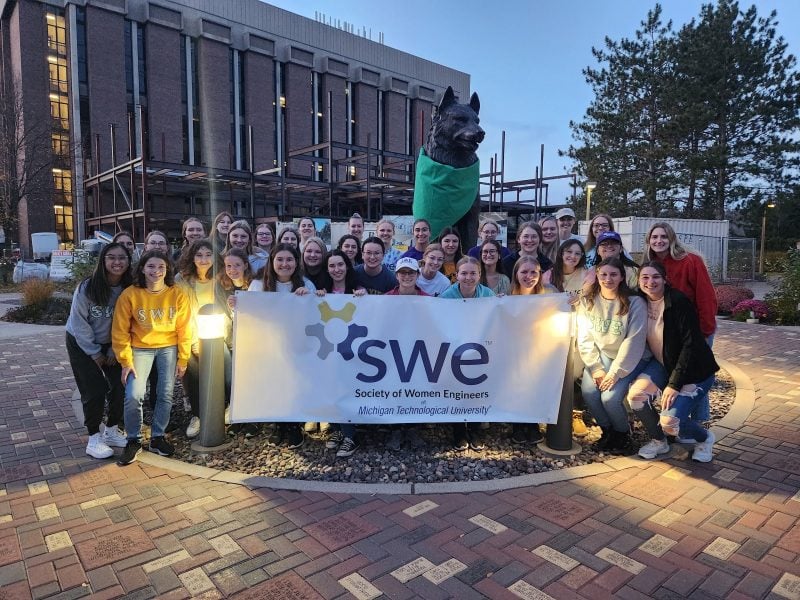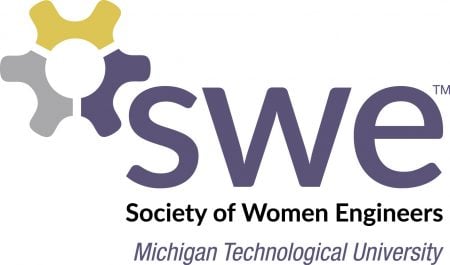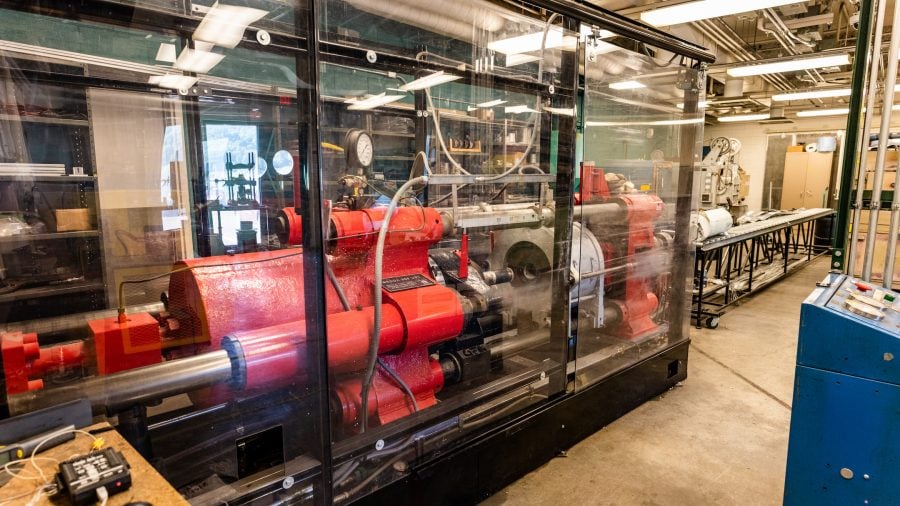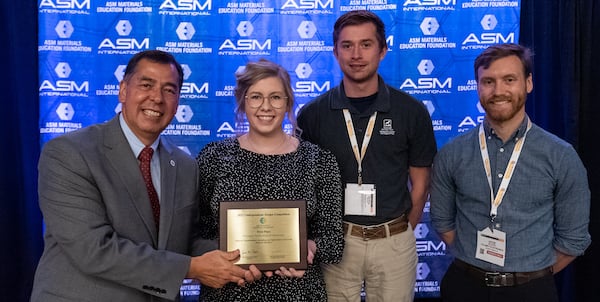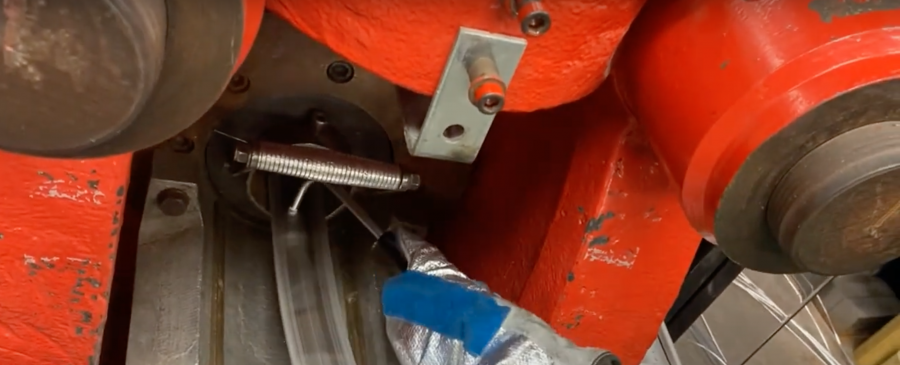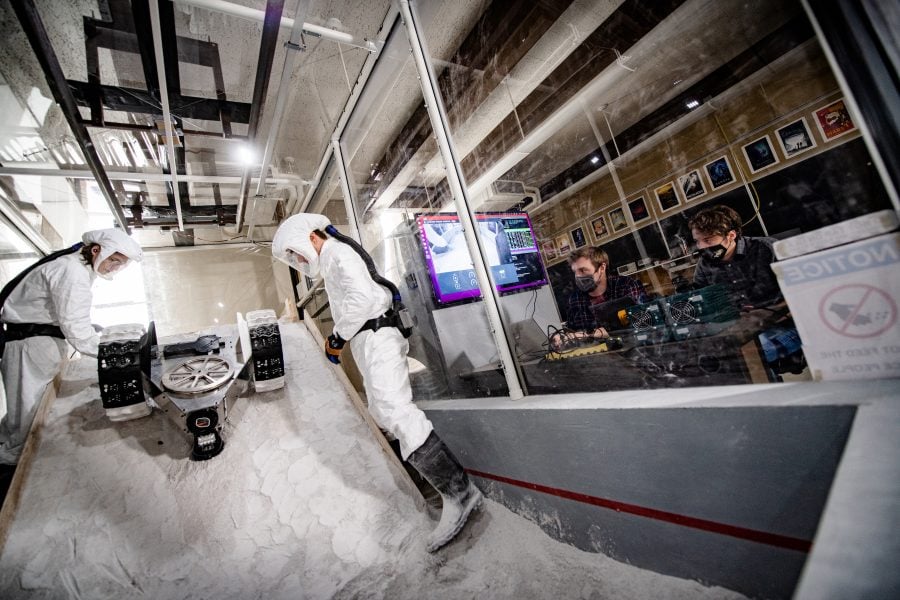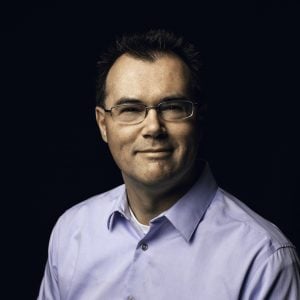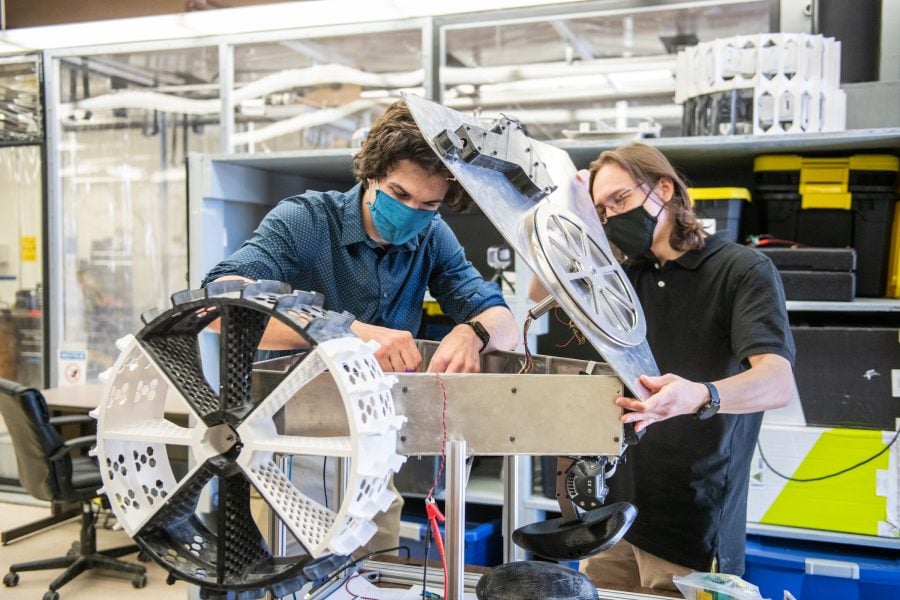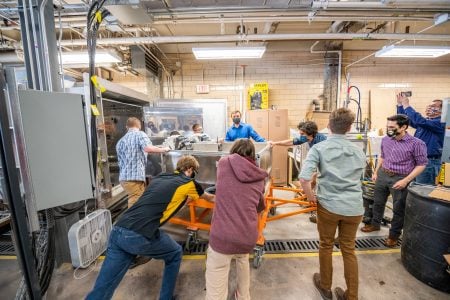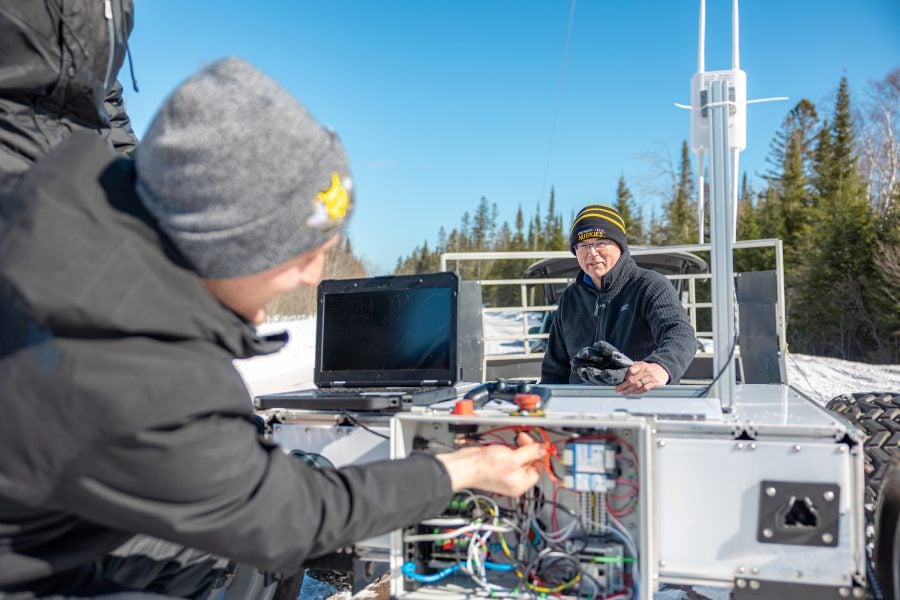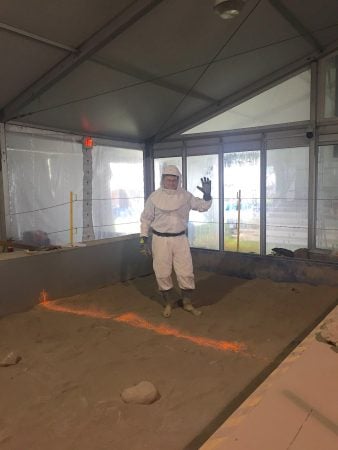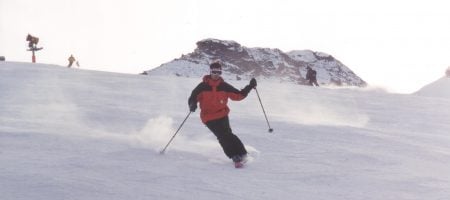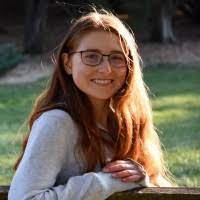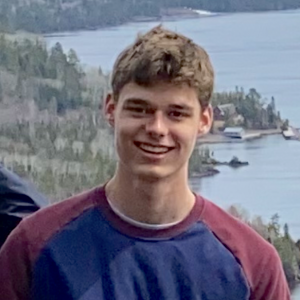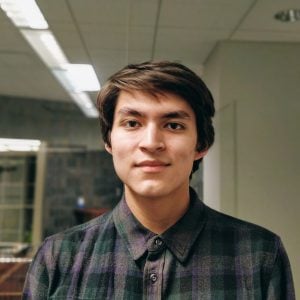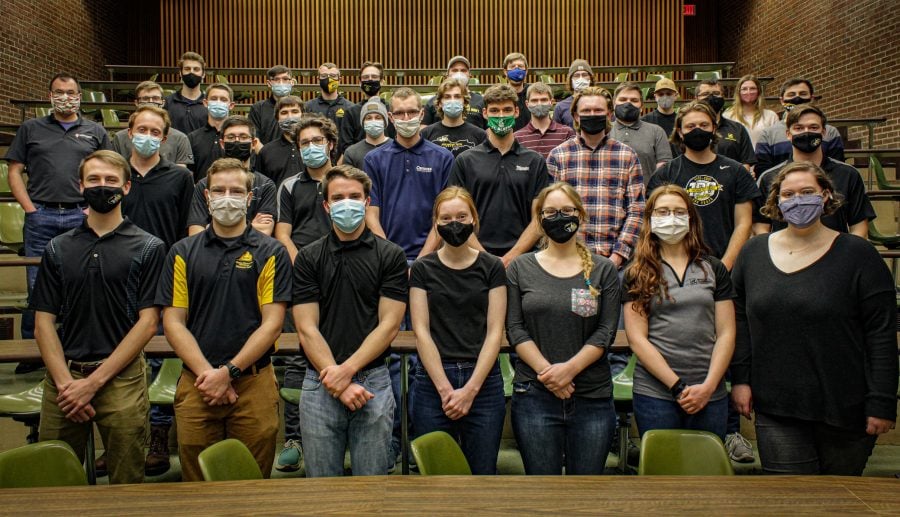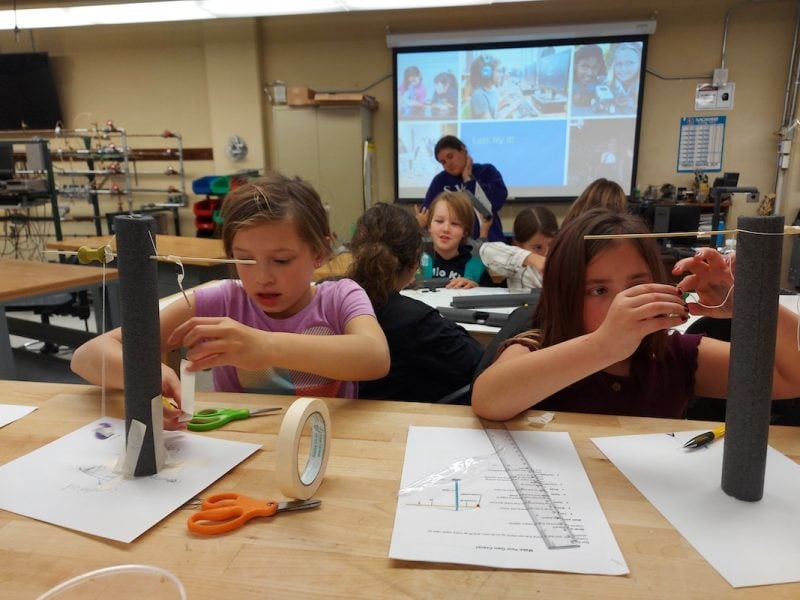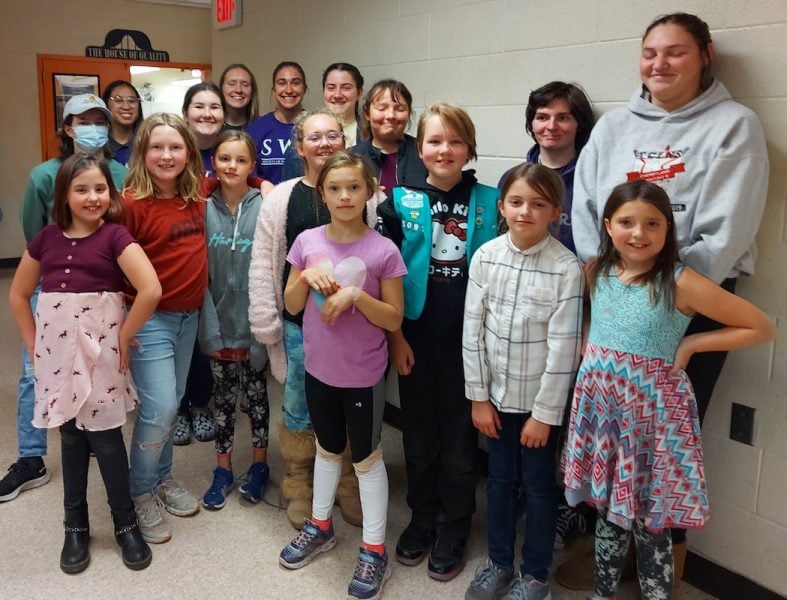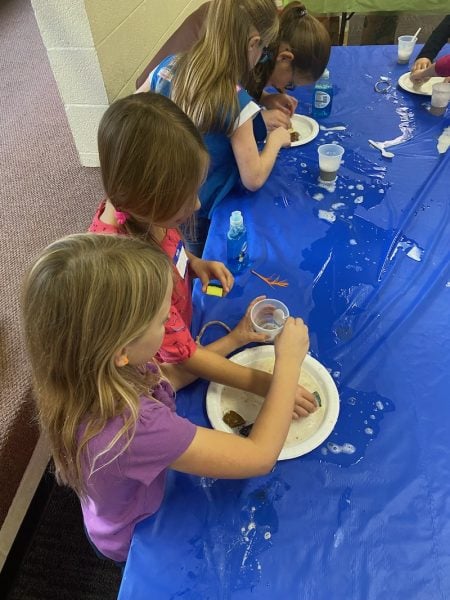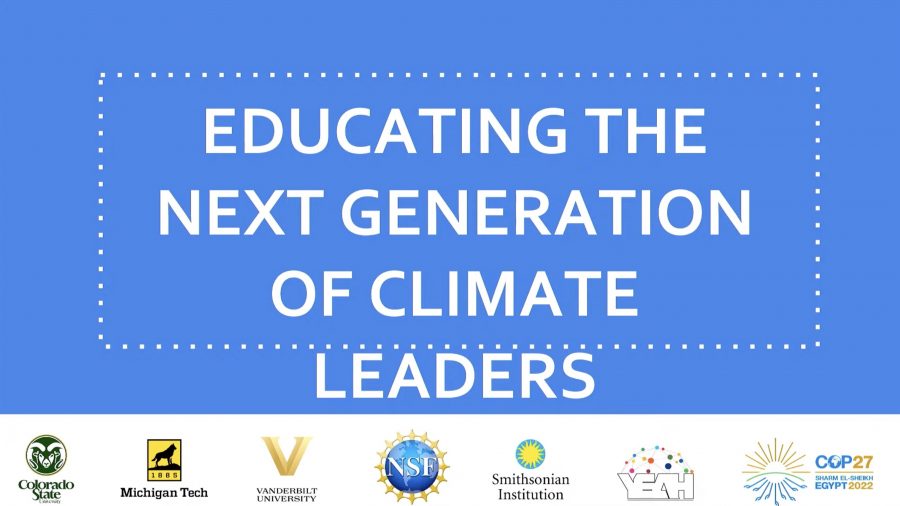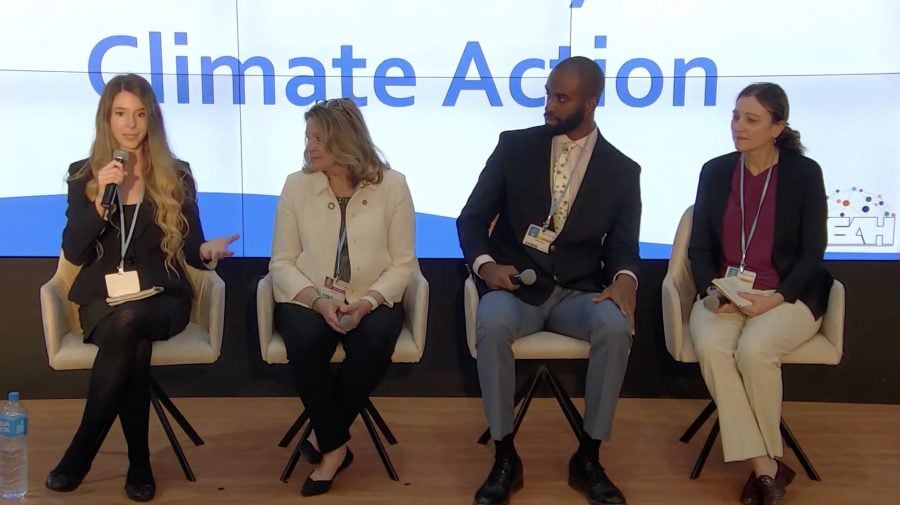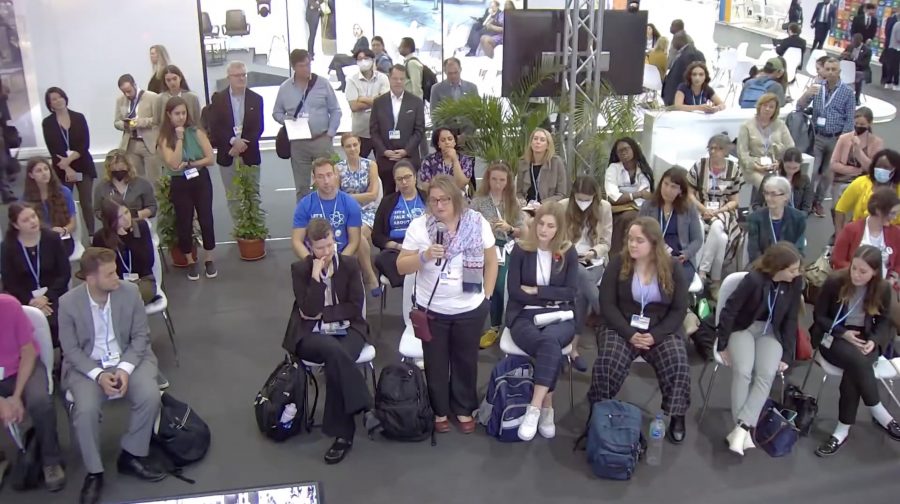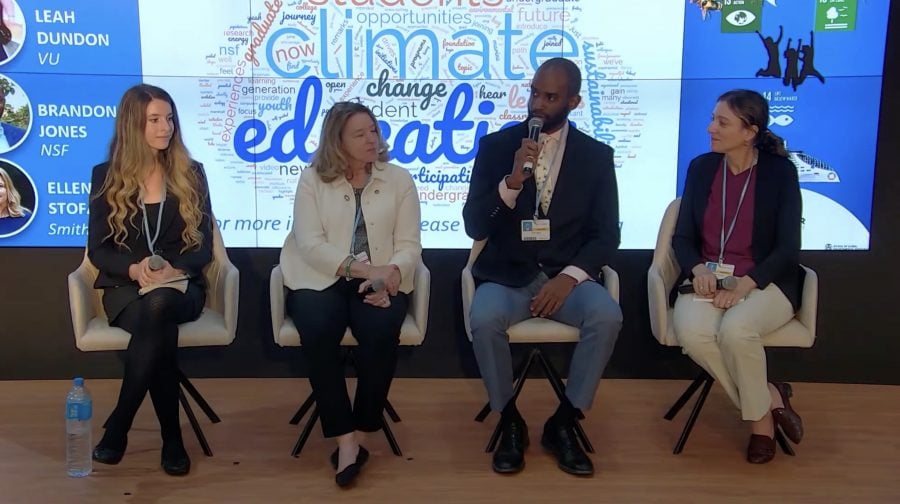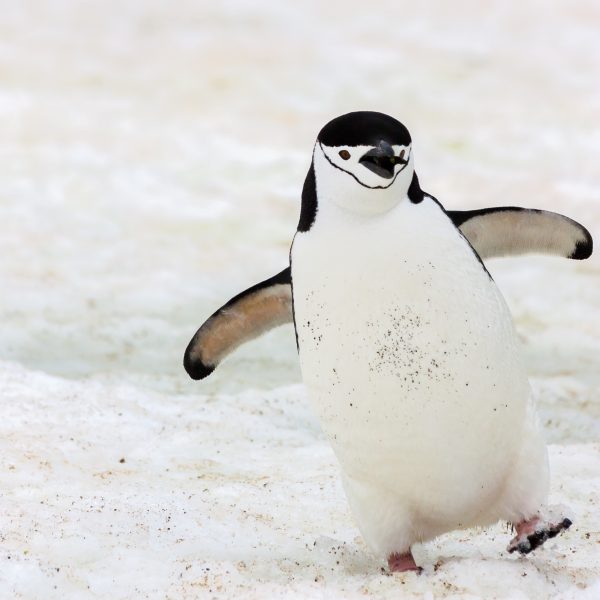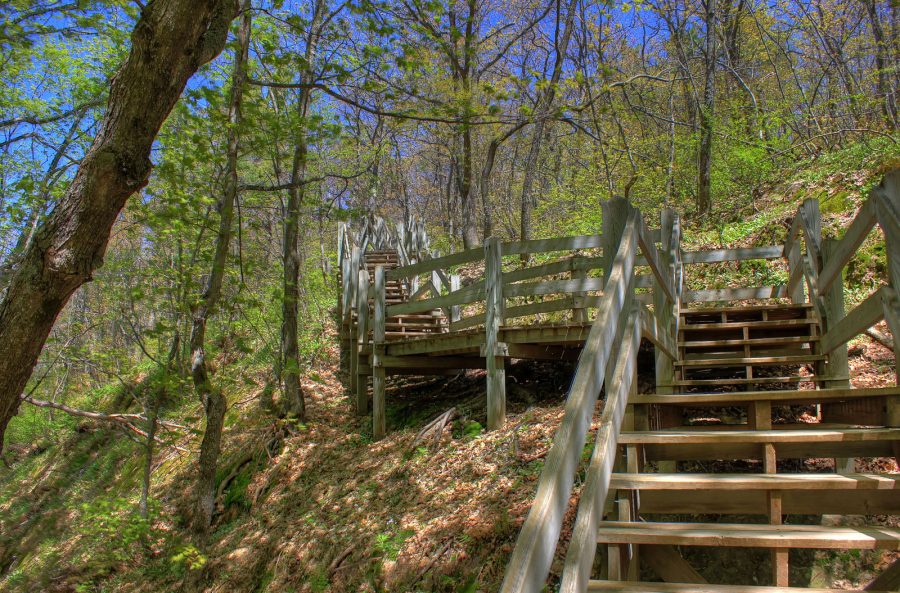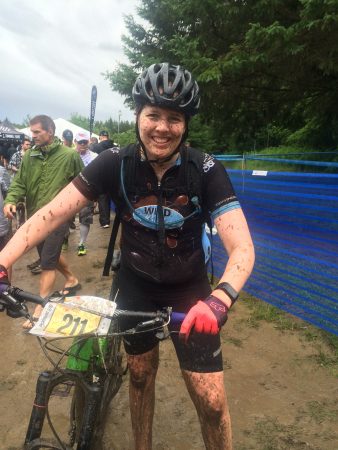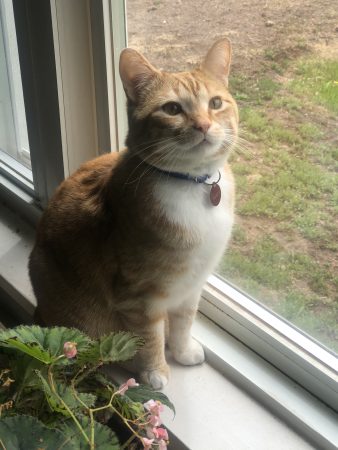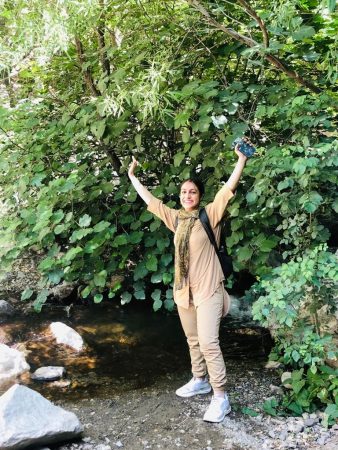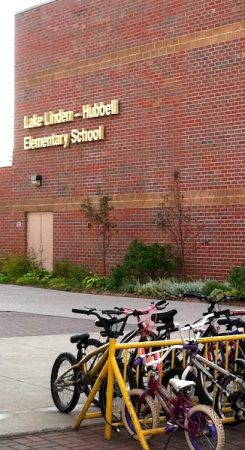
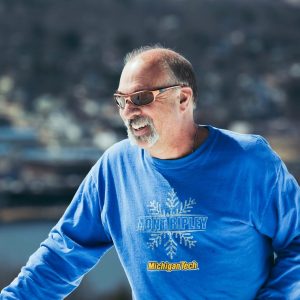
Nick Sirdenis, General Manager of Mont Ripley, Michigan Tech’s very own ski area, plus Dan Dalquist, and Josie Stalmack generously shared their knowledge on Husky Bites, a free, interactive Zoom webinar hosted by Dean Janet Callahan. Here’s the link to watch a recording of their session on YouTube. Get the full scoop, and see a listing of all the (60+) recorded sessions at mtu.edu/huskybites.
What are you doing for supper Monday night 1/23 at 6 ET? Grab a bite with Nick Sirdenis, general manager Mont Ripley Ski Area at Michigan Tech. Joining will be Dan Dalquist, ski instructor supervisor for the Ski & Snowboard School, as well as Josie Stalmack, senior in biomedical engineering and student president of the Mont Ripley Ski Patrol. They’ll share plans to some future plans for Mont Ripley, including an updated and larger chalet, a true beginner run from top to bottom, and more parking.
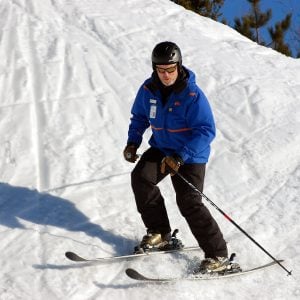
Mont Ripley welcomes all snow enthusiasts. The ski area is owned by Michigan Tech and sits in the middle of Houghton and Hancock, just a mile from campus. Mont Ripley is a star attraction of the scenic Keweenaw Peninsula, home to the most snow in the Midwest. Although Mont Ripley has a great learning area, it is mostly well known for its challenging terrain, from urban backcountry glades to terrain parks with more than thirty features—including jumps and slides. During Husky Bites, Sirdenis will talk about some new features at Mont Ripley currently in planning stages, plus one now in the works.
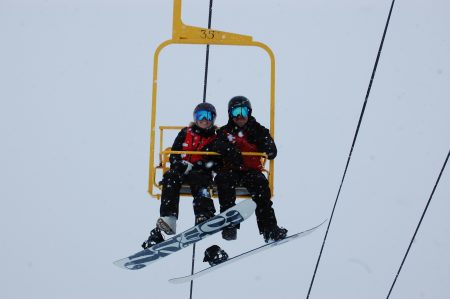
Sirdenis graduated in 1979 from the Ski Area Management program at Gogebic Community College. He managed Blackjack Ski Area from 1981-2000 and lived in Ironwood Michigan. He was hired as a consultant in 1998 to design the snowmaking system and to oversee the construction, and then was hired as the general manager of Mt. Ripley. Originally from Detroit, Sirdenis and his wife Julie have 3 children and his entire family enjoys skiing.
Dan Dalquist is a Houghton High School and Michigan Tech alum and started skiing at Mont Ripley in the 1966-67 season, and joined the Mont Ripley Ski Patrol in January 1971. He became a professional ski instructor in 2001. For Dan, skiing at Mont Ripley was, and still is, a family event. His children learned to ski at 2 years old and they both still ski. All 4 of his grandchildren also ski. Dan graduated from Michigan Tech with a BSBA in Marketing Management in 1976.
“Nick and I have known each other since he first started at MTU,” says Dalquist. “And Josie is a fellow ski patroller who I’ve been privileged to work with. As a matter of fact, Josie’s dad is an MTU grad. He came to Tech as a patroller, and I was on the Michigan Tech Ski Patrol at that time, too, so I helped introduce Thad to Mont Ripley.”

An Ann Arbor native, Josie Stalmack learned to ski as soon as she could walk and picked up snowboarding when she was about 7 years old. Skiing and snowboarding have always been a part of her life, as her dad is a member of the National Ski Patrol. What really drew her to Michigan Tech was Mont Ripley and the fact that she could get certified and join the ski patrol.
“Nick and I have known each other since he started at MTU,” says Dan. “Josie is a fellow ski patroller I have been privileged to work with. Her dad is a MTU grad, too. I trained him to become a ski patroller when he was at Tech!”
“I met both Nick and Dan by joining the Mont Ripley Ski Patrol. Both have such a loving passion for skiing and Mont Ripley. I am just happy to be a part of such a wonderful ski hill.”

Nick, what do you like to do in your spare time?
Skiing, fishing, motorcycle riding. We always have dogs and birds, right now Ziggy the whippet and Sylvia the Pug and Yani the canary. I love doing construction. You’ll usually find sawdust in my pocket.
Dan, what do you like to do in your spare time?
I list cross country skiing, ice skating and snowshoeing as my winter hobbies. I also bicycle: mountain bike and road bike, plus boating, fishing, and reading.
Josie, where did you grow up?
I grew up in Ann Arbor, Michigan. I am the youngest of four, with two older brothers and an older sister. I am also blessed with a wonderful brother-in-law, two nieces and a nephew. Lastly, I am engaged to be married, so I am also gaining a whole other family!
Any hobbies?
Outside of skiing and snowboarding, I really enjoy weightlifting, hiking and backpacking, reading, baking, and spending time with friends and family.
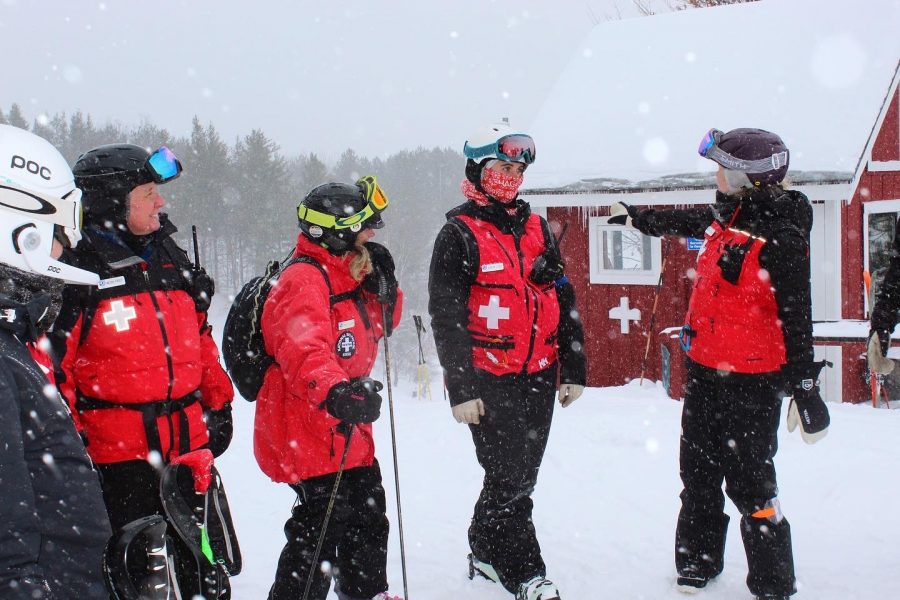
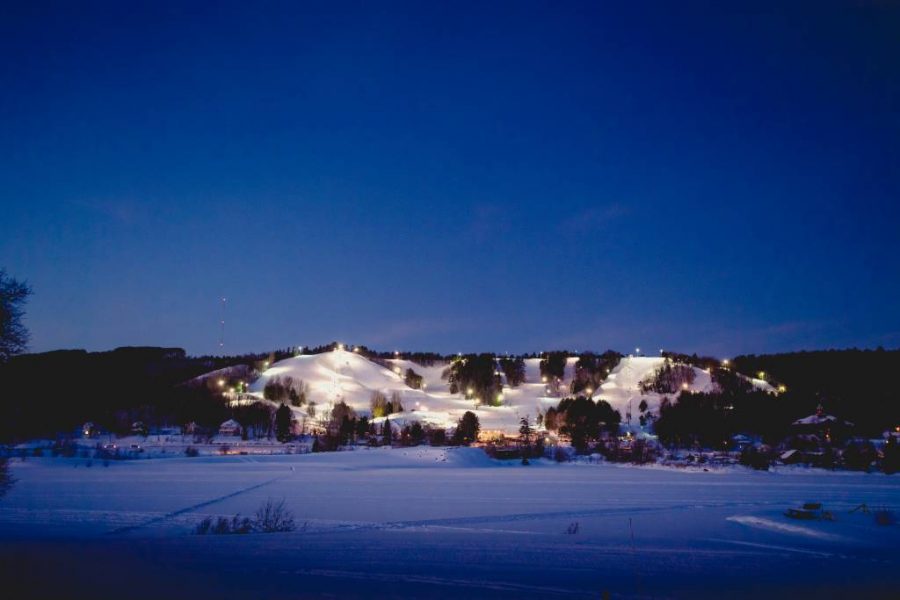
Click here to make a donation to the Mt. Ripley Expansion Fund

